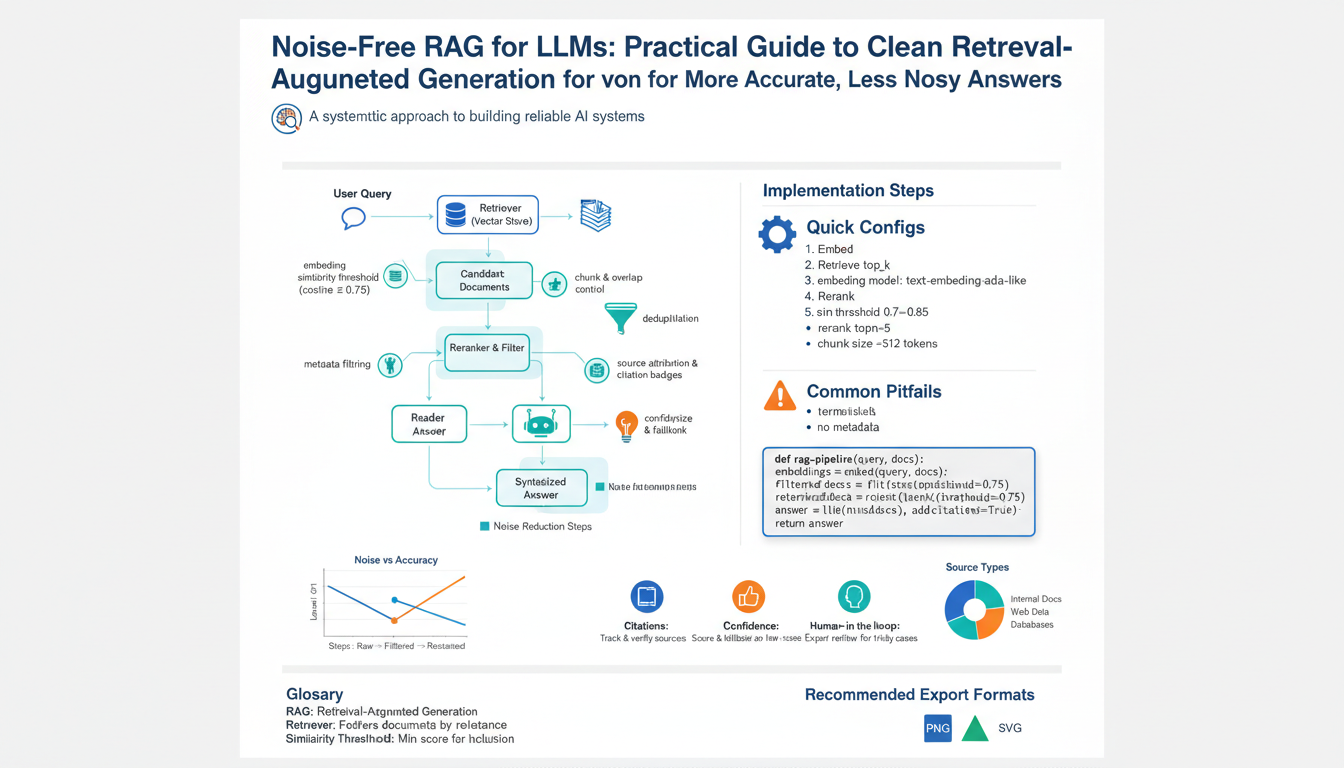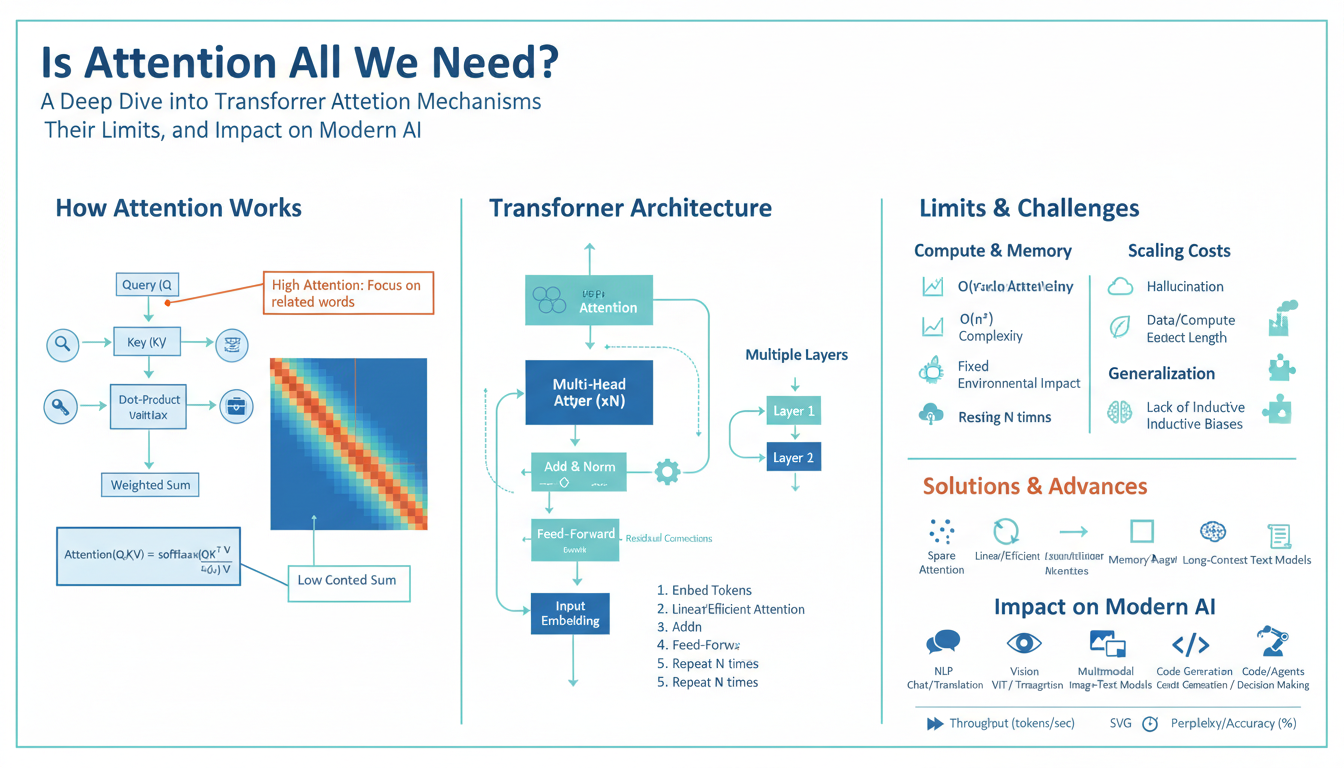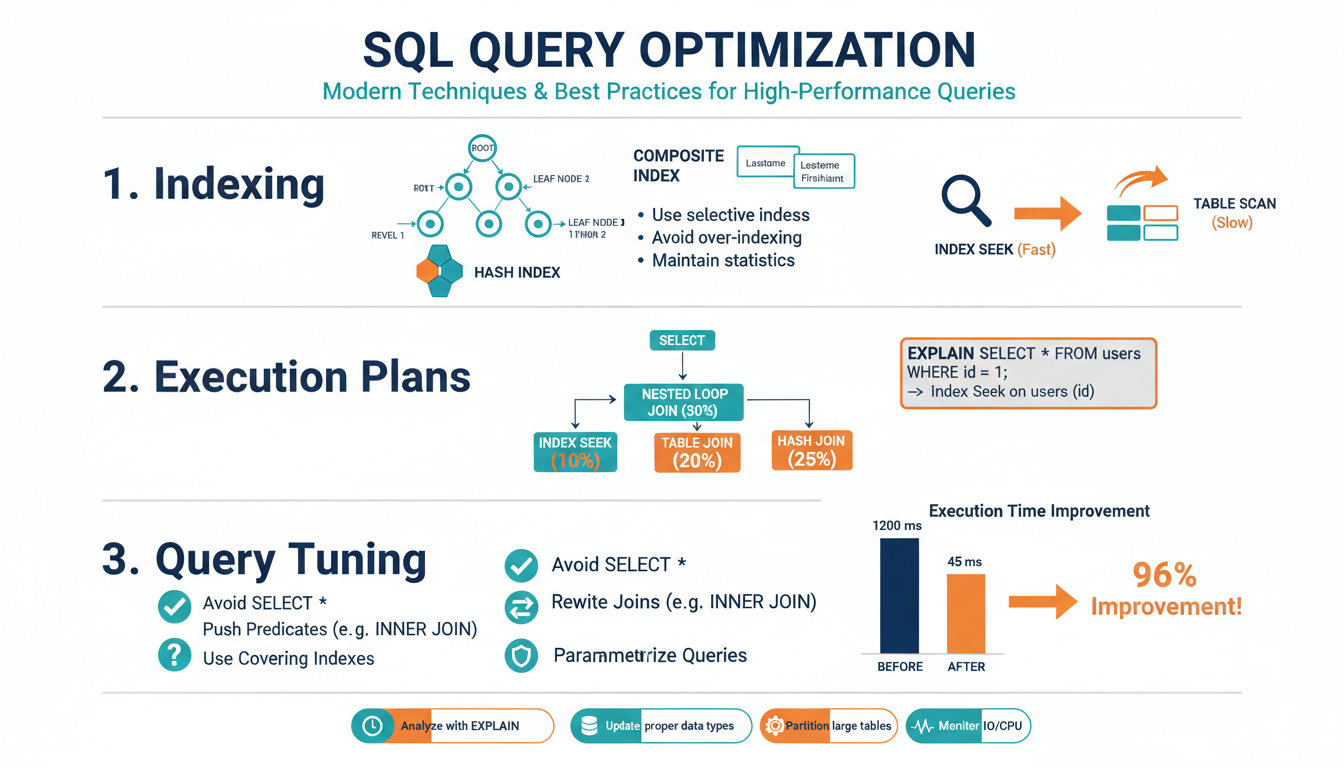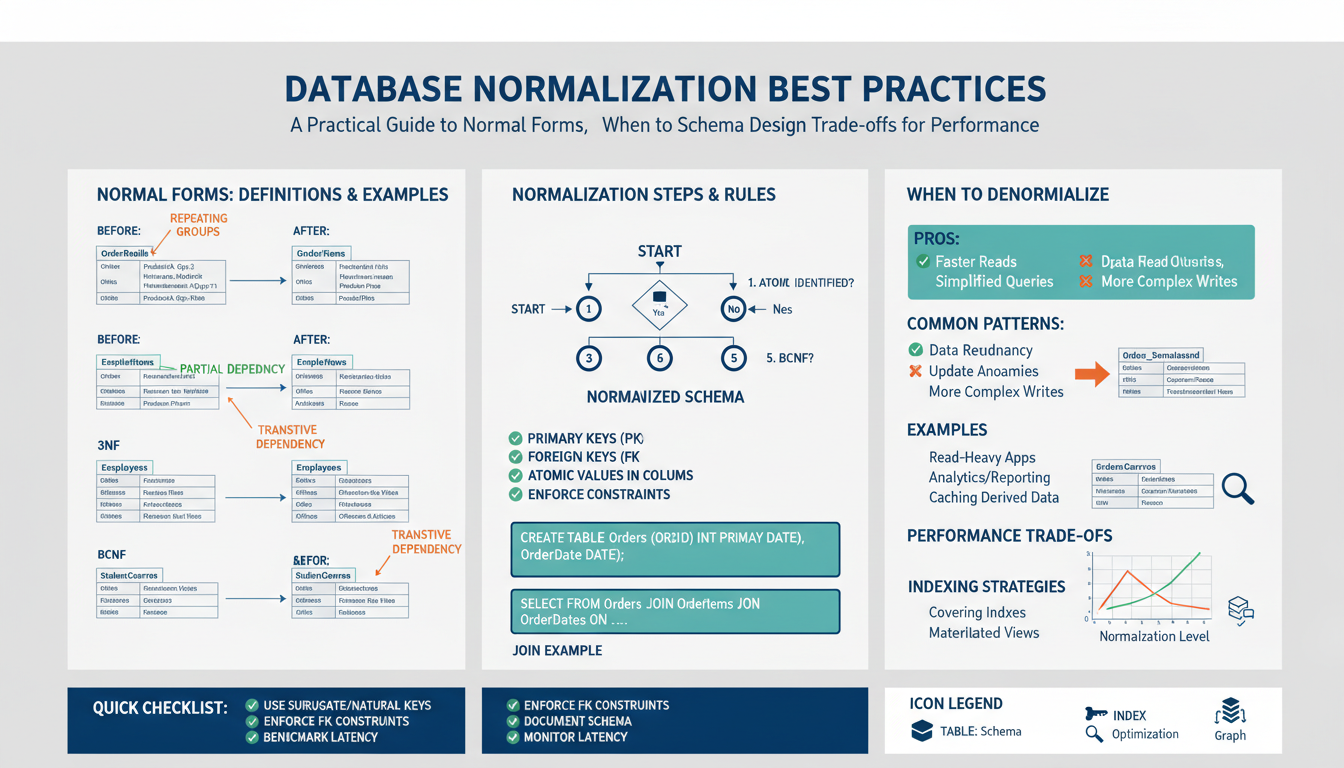
Python has long been a favorite among developers for its simplicity and versatility. However, a major limitation that has plagued the language for years is the Global Interpreter Lock (GIL). Let’s dive into what the GIL is, why it has been both a blessing and a curse, and how Python 3.13 aims to revolutionize multi-threading by making the GIL optional.
Understanding the GIL
- 🛡️ What is the GIL?
The GIL is a mechanism that protects Python objects by allowing only one thread to execute Python bytecode at a time. This ensures thread safety in memory management, especially important in CPython, the reference implementation of Python. - 🧵 History and Purpose
Introduced in Python 1.5, the GIL has been essential for maintaining the integrity of Python objects, particularly in a multi-threaded environment. It simplifies memory management by preventing race conditions where multiple threads might try to modify the same object simultaneously.
The Limitations of the GIL
- ⚠️ Performance Bottleneck
While the GIL ensures thread safety, it also severely limits the ability to utilize multi-core processors. This bottleneck has been a significant drawback, especially as modern applications demand more concurrency and parallelism. - 🚧 Impact on Packages and Frameworks
Many popular frameworks and packages, like FastAPI and SQLAlchemy, rely on the GIL’s presence. Disabling the GIL could potentially break these packages, posing a significant challenge for developers.
Python 3.13: A New Era
- 🔄 Making the GIL Optional
Python 3.13 aims to make the GIL optional, offering an experimental feature that allows developers to disable it. This requires manual recompilation and rebuilding of the Python interpreter, indicating that it is not yet a seamless transition. - 🚀 Potential Performance Boost
Disabling the GIL can significantly improve performance in certain scenarios by allowing true multi-threading. This is particularly beneficial for CPU-bound applications that can leverage multi-core processors more effectively. - 📈 Trade-offs and Overhead
While the potential for improved performance is exciting, disabling the GIL introduces additional overhead and potential compatibility issues. Developers must carefully weigh the trade-offs for their specific applications and environments.
The Path Forward
- 📅 Experimental Today, Stable Tomorrow
Python 3.13 will initially offer the no-GIL build as an experimental option. The Python community’s long-term goal is to refine this feature, aiming to make the no-GIL build stable and eventually standard in future releases. - 🎯 Enhancing Parallel Processing
Making the no-GIL build standard is part of a broader effort to enhance Python’s parallel processing capabilities. This evolution is crucial as the demand for high-performance computing continues to grow, driven by fields like artificial intelligence and data science. - 🌐 A Resilient and Versatile Future
Python’s future improvements aim to make the language more resilient and versatile. By addressing the GIL’s limitations, Python can better meet the needs of diverse use cases, from web development to scientific computing.
Conclusion
The introduction of an optional GIL in Python 3.13 marks a significant milestone in the language’s evolution. While it brings potential risks and complexities, the move towards better multi-threading capabilities aligns with the growing demands of modern applications. Developers will need to carefully consider the trade-offs, but the long-term benefits of enhanced parallel processing could pave the way for a more powerful and versatile Python.
Python’s journey to overcome the limitations of the GIL is a testament to the community’s dedication to continuous improvement. As the language evolves, it will undoubtedly open new doors for innovation and performance, solidifying Python’s position as a cornerstone of the programming world.



